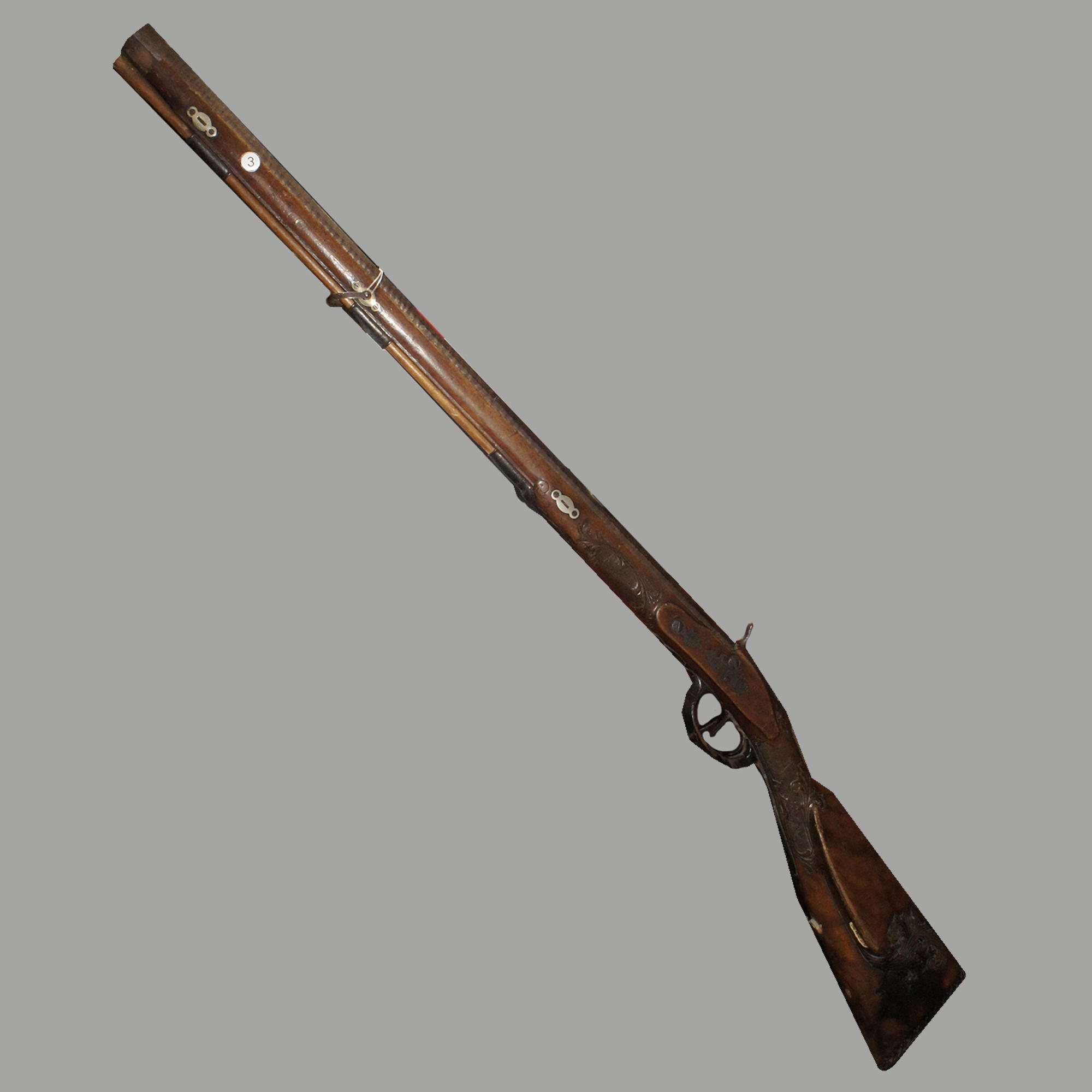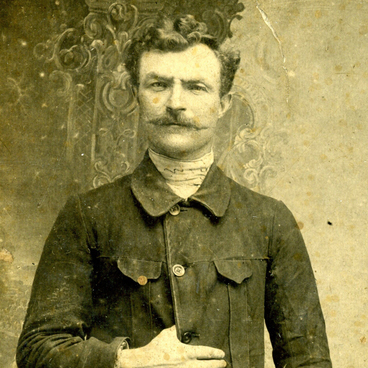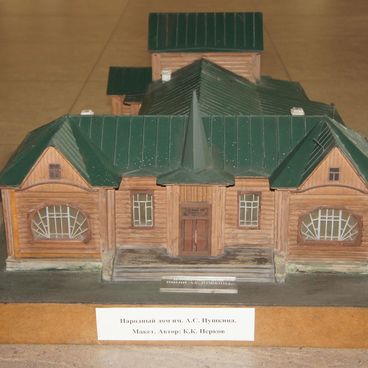This firearm is a single-barrelled capsule shotgun. Shooting with such a shotgun requires a number of additional steps: pouring gunpowder into the barrel, chambering a lead bullet, charging the priming element etc.
Octagon barrel, cal. 1.5. Under the hammer, there are two triggers (straight and curved) with a guard bow. The gun is richly decorated with fine carving (buttstock, fore-end), engraving and inlays (barrel, mechanism plates). On a metal lock plate on the right side of the gun there is an inscription - ‘Goellner in Suhl’ – made with yellow metal. On the other side of the gun, there is an inlaid image of a boar, also made with yellow metal. Shotguns of this kind were usually made to order, they cost a lot and were kept carefully by their owners.
Cap lock was invented at the beginning of the 19th century, in a hunting weapon originally. It used a chemical explosive based on fulminate of mercury, encapsulated in a metal cap — a priming element, or a ‘piston.’ Primordial percussion system was developed by the Reverend Alexander John Forsyth as a solution to the problem of demasking the position of the shooter using a flintlock with an open flash pan when the flash and gun smoke in their flintlock guns scared the birds in the hunting field. His invention — priming element mechanism based on fulminate of mercury – did not scare the birds off, it also reduced the time between the moment the trigger was pulled and the shot fired. Forsyth patented his ignition system in 1807. Forsyth’s invention was a tricky device called “scent-bottle lock” (because the charging cylinder resembled a perfume bottle) that combined the percussion element, the anvil and the supply of fulminate of mercury in a box that had to be rotated around its axis before the shot could be fired in order for the fulminate of mercury to get under the percussion element. However, it appears that the inventor was not interested in commercial use of his solution, and the usual percussion system appeared only after Forsyth’s patent had expired.
Octagon barrel, cal. 1.5. Under the hammer, there are two triggers (straight and curved) with a guard bow. The gun is richly decorated with fine carving (buttstock, fore-end), engraving and inlays (barrel, mechanism plates). On a metal lock plate on the right side of the gun there is an inscription - ‘Goellner in Suhl’ – made with yellow metal. On the other side of the gun, there is an inlaid image of a boar, also made with yellow metal. Shotguns of this kind were usually made to order, they cost a lot and were kept carefully by their owners.
Cap lock was invented at the beginning of the 19th century, in a hunting weapon originally. It used a chemical explosive based on fulminate of mercury, encapsulated in a metal cap — a priming element, or a ‘piston.’ Primordial percussion system was developed by the Reverend Alexander John Forsyth as a solution to the problem of demasking the position of the shooter using a flintlock with an open flash pan when the flash and gun smoke in their flintlock guns scared the birds in the hunting field. His invention — priming element mechanism based on fulminate of mercury – did not scare the birds off, it also reduced the time between the moment the trigger was pulled and the shot fired. Forsyth patented his ignition system in 1807. Forsyth’s invention was a tricky device called “scent-bottle lock” (because the charging cylinder resembled a perfume bottle) that combined the percussion element, the anvil and the supply of fulminate of mercury in a box that had to be rotated around its axis before the shot could be fired in order for the fulminate of mercury to get under the percussion element. However, it appears that the inventor was not interested in commercial use of his solution, and the usual percussion system appeared only after Forsyth’s patent had expired.


